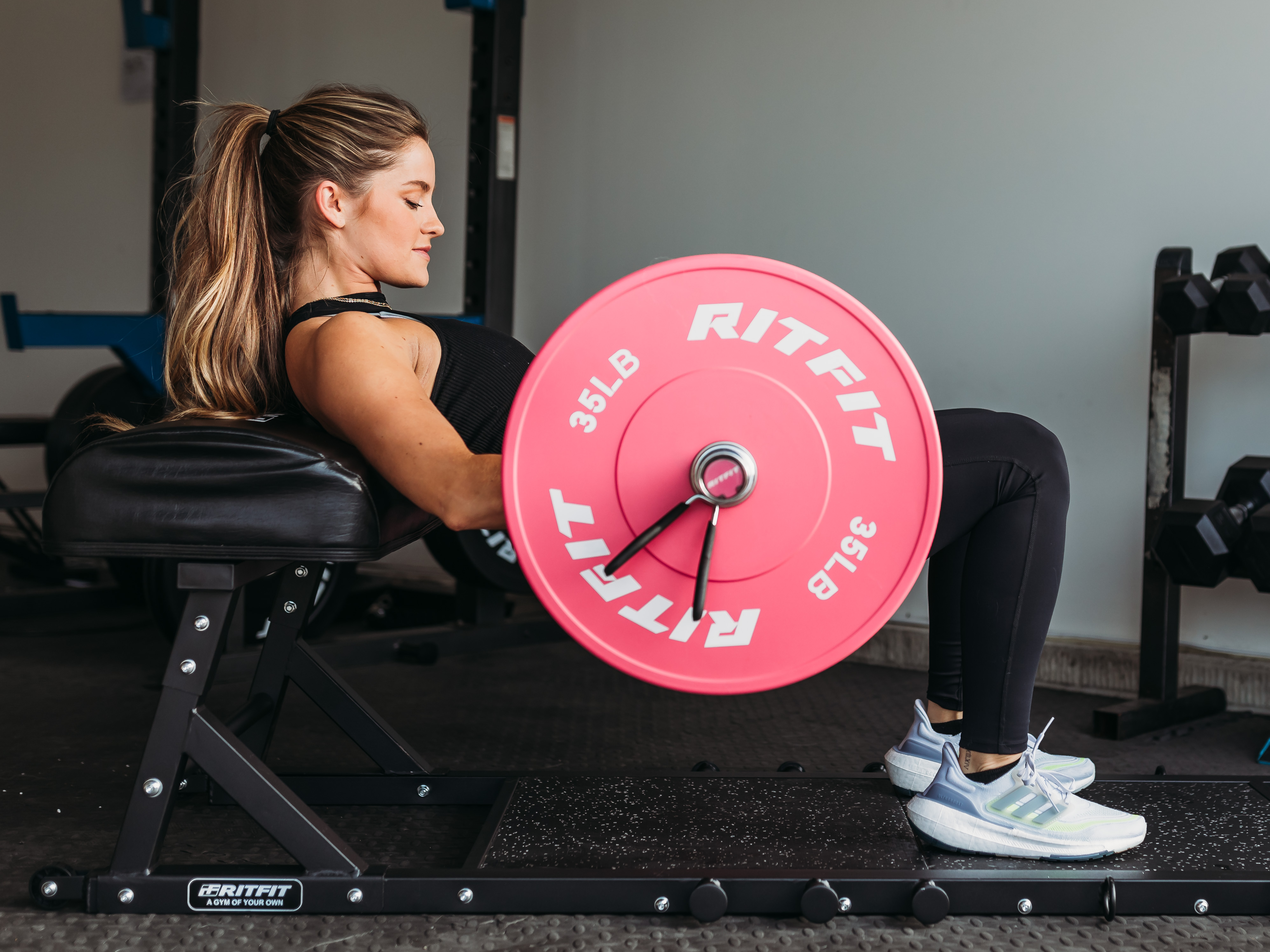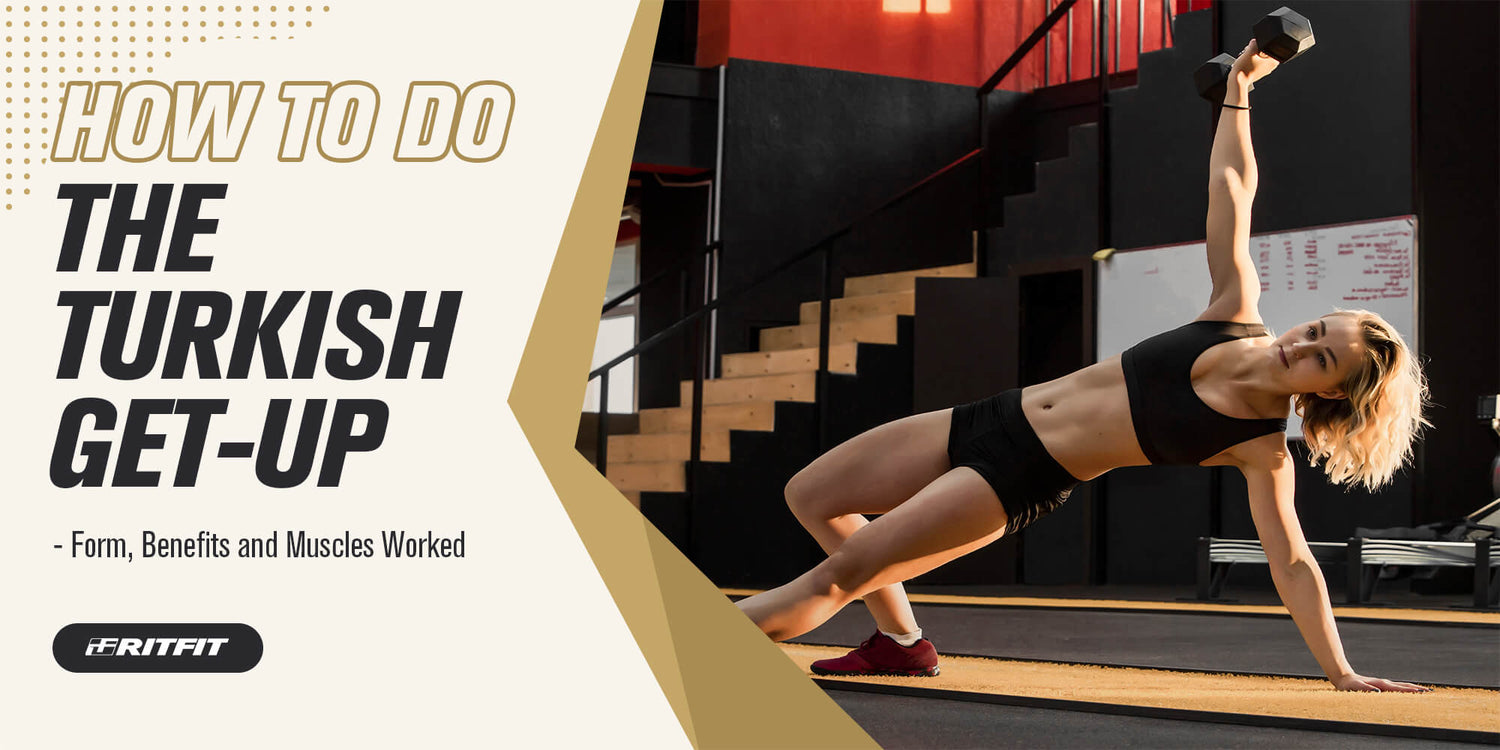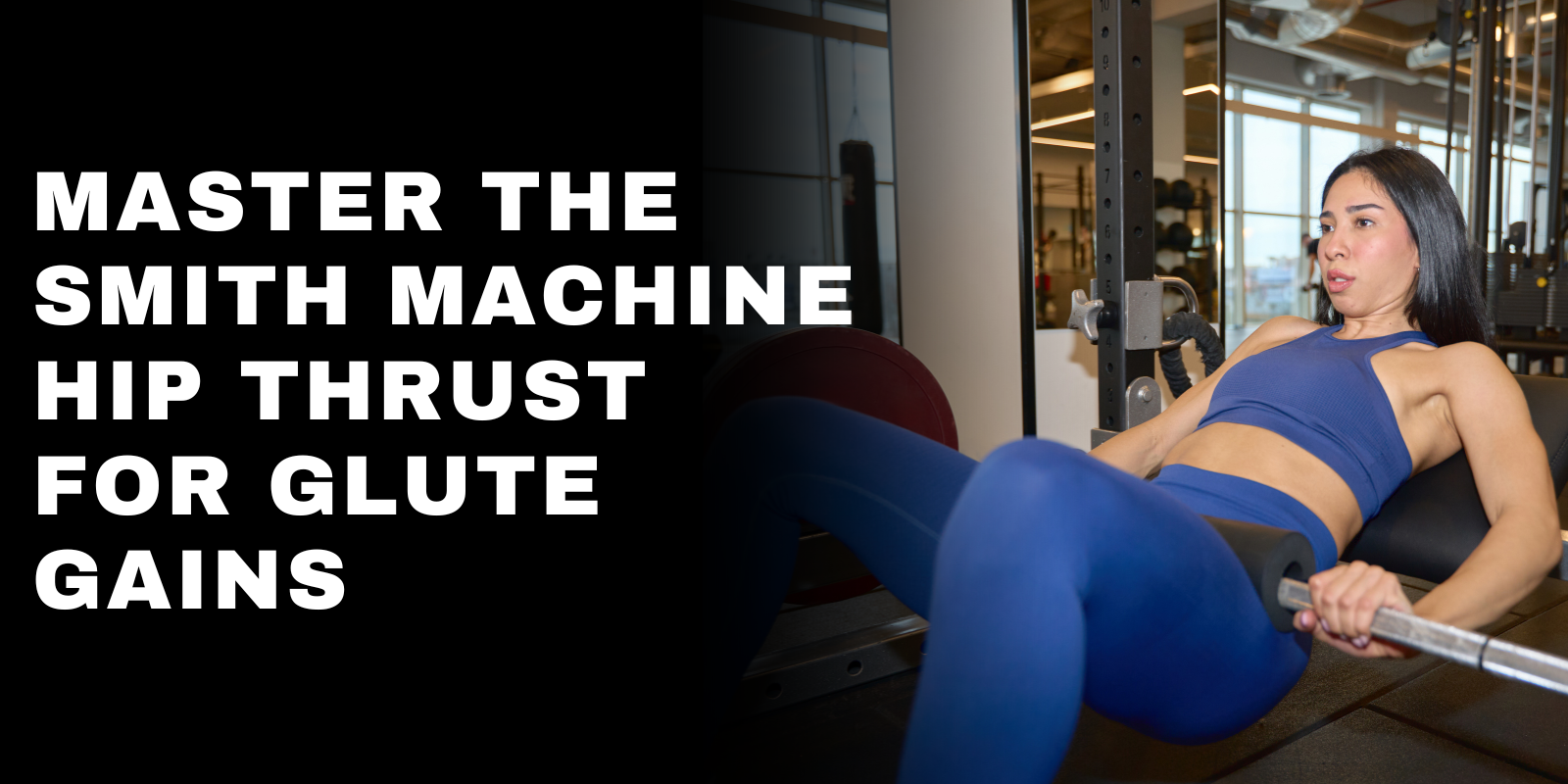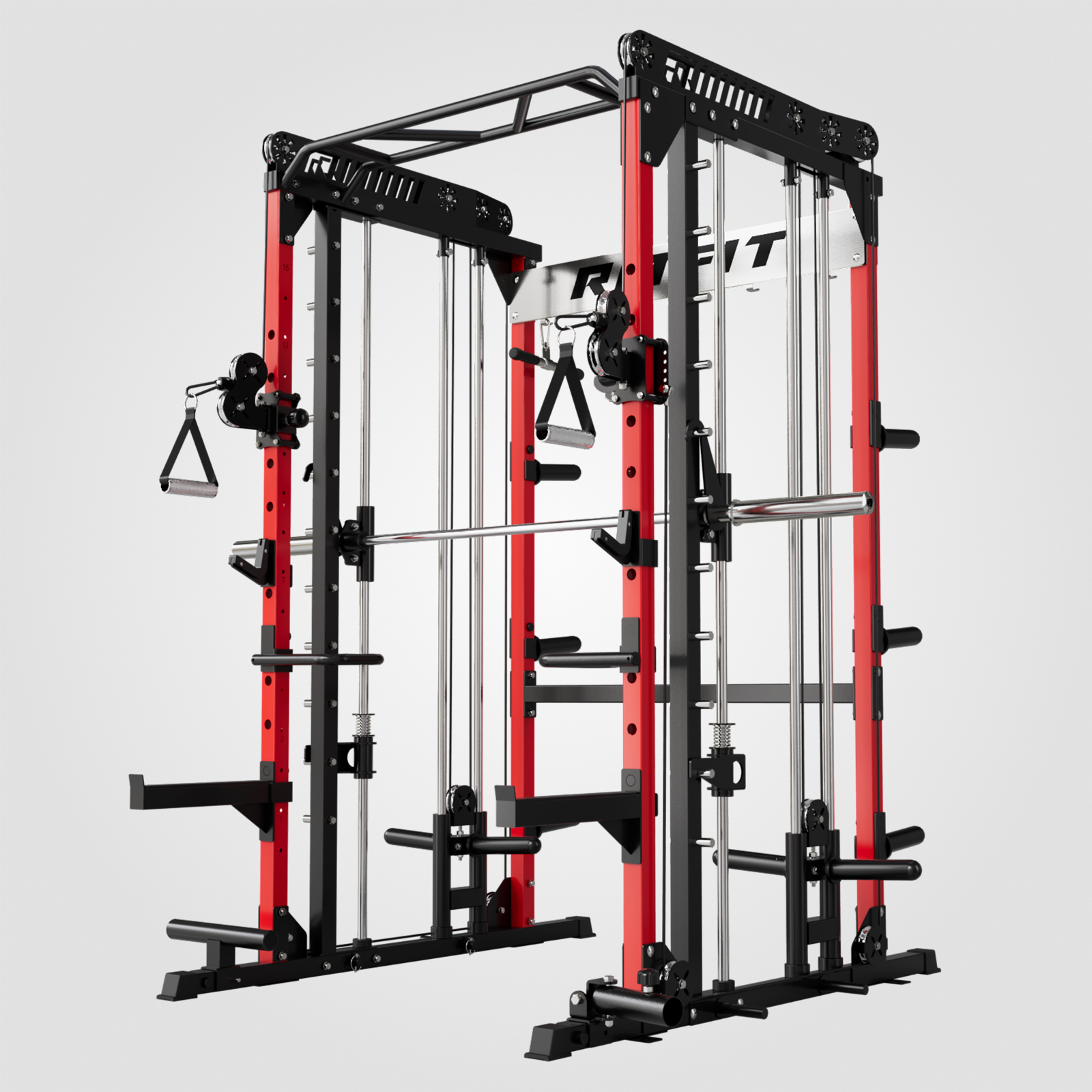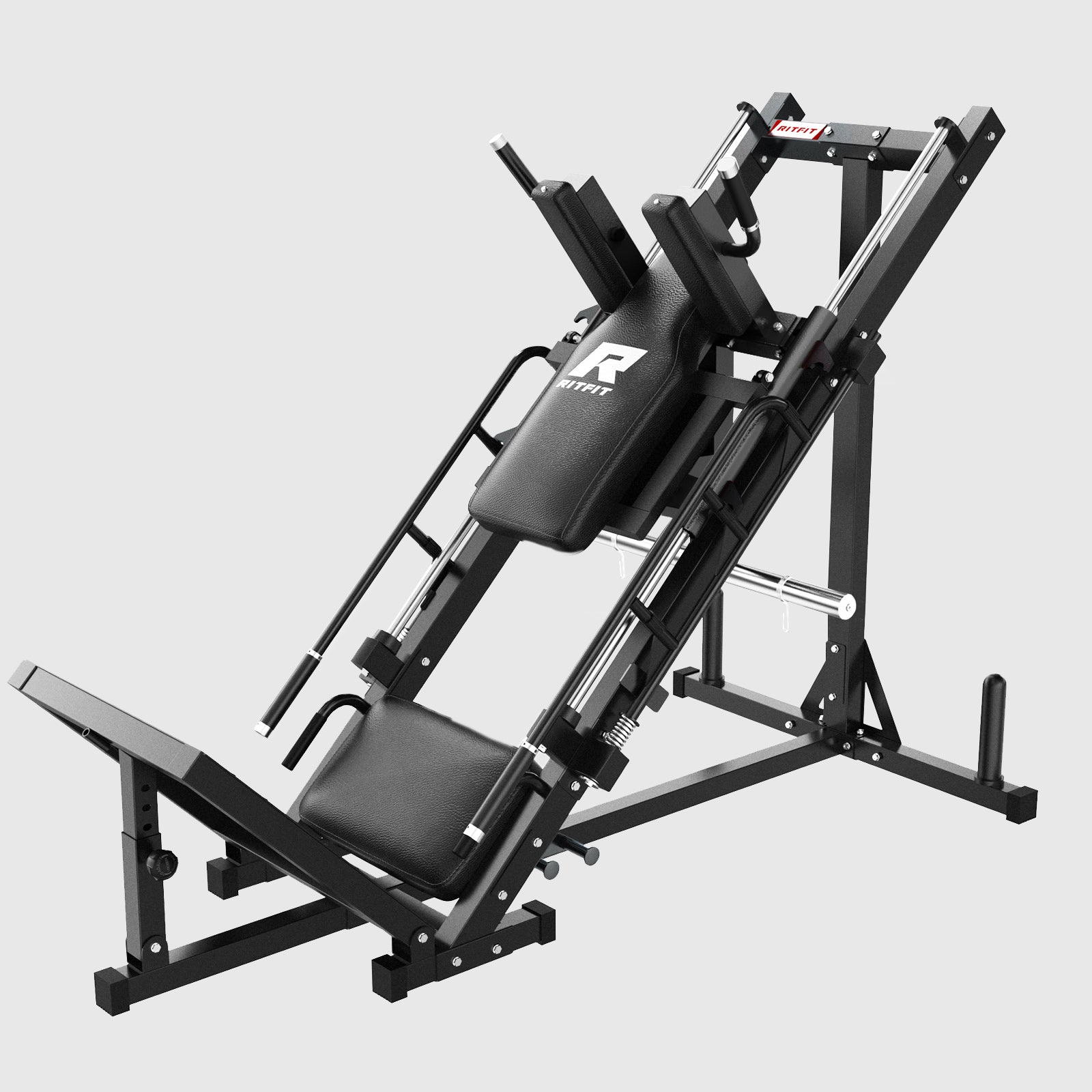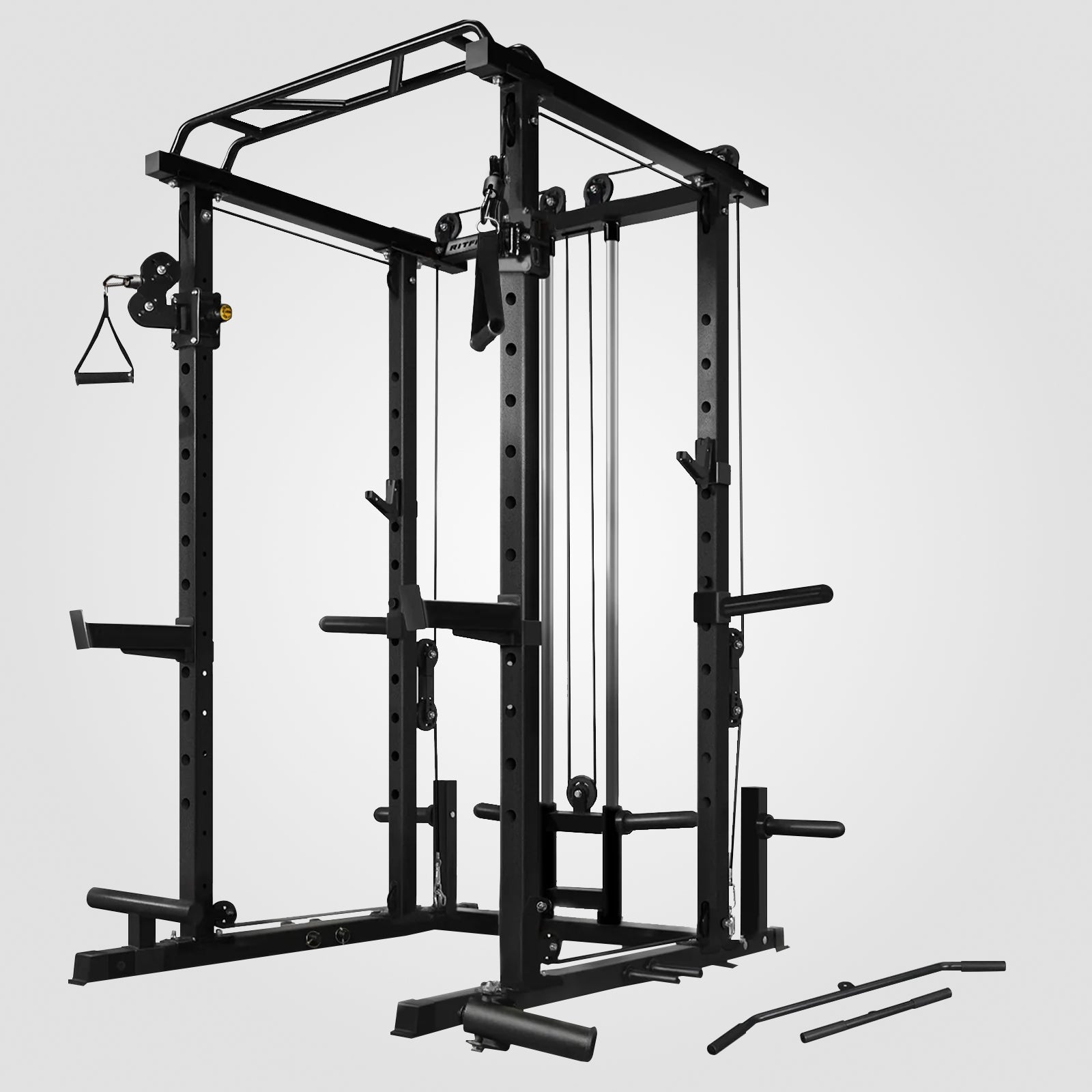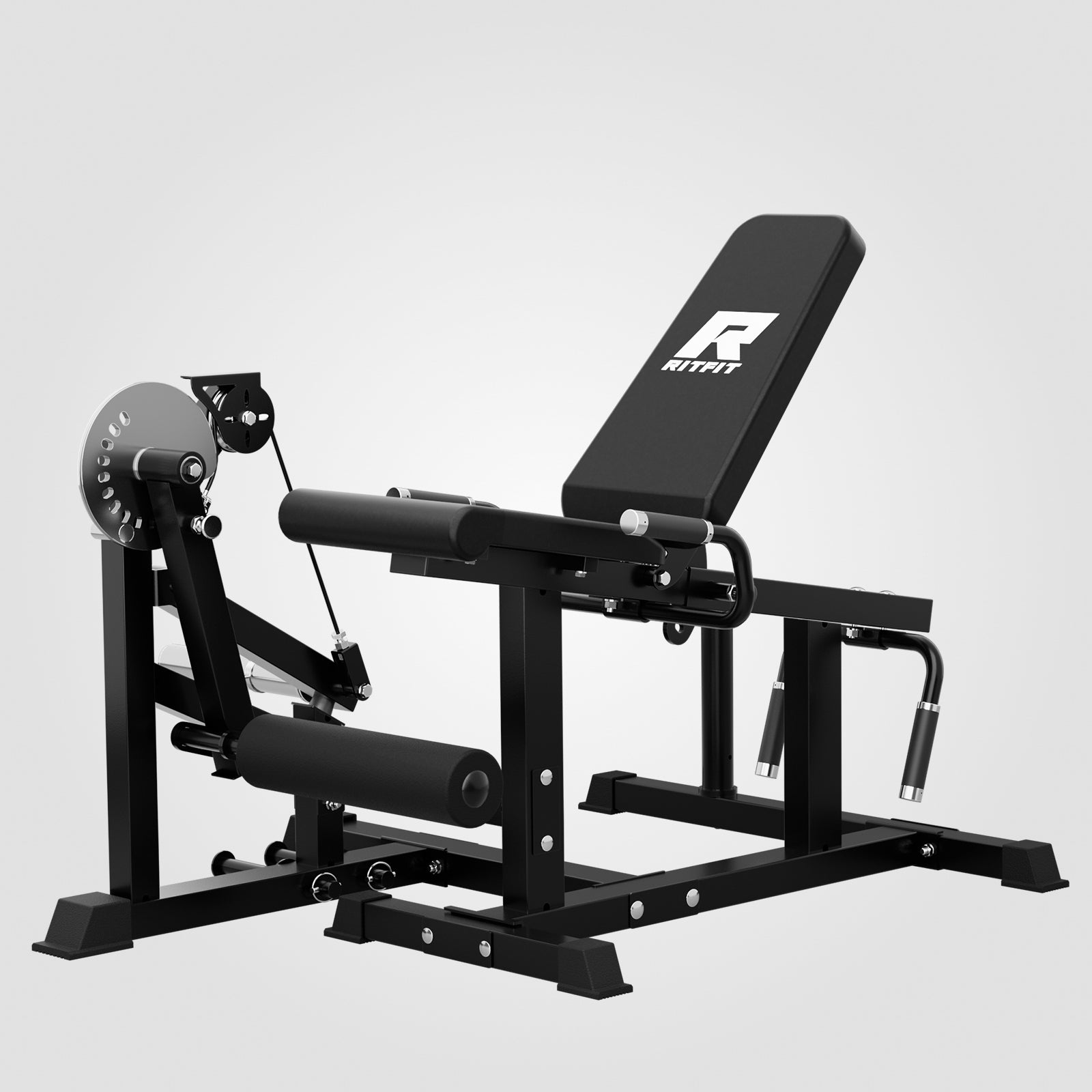Stability and mobility are two important aspects of the human body. They allow you to perform exercises and are crucial in preventing injuries. The optimal efficiency of your body depends upon the balance between mobility and stability, and a Turkish get-up can help you achieve it effectively.
It is a popular exercise for mobility, stability, and athletic performance that requires a lot of practice. You can have as many fitness goals as possible, but achieving them requires getting up off the floor. It might sound simple for those who exercise regularly, but the reality for thousands is different.
This article will detail the Turkish get-up and tell you everything necessary to scale up your athletic performance. Let’s delve into it;
What is a Turkish Get-up?
The Turkish get-up is a compound exercise targeting several muscles simultaneously, requiring you to lift yourself from the ground to a standing position. However, you have to keep the movement under control and get back down to the original position without losing the form. The whole movement is performed while holding a weight above your head, increasing resistance and working as an anchor.

Doing a Turkish get up will help you learn about your body and might tell you about some injuries that would stay hidden otherwise. It is a challenging movement requiring great mind-muscle connection and many important muscles.
Proper Turkish Get-up Form & Technique
How to do a Turkish Get-up
Step 1: Lie on the floor while extending one knee and bending the other at a 45° angle.
Step 2: Extend the arm on the side of the bent knee toward the sky and place the other arm on the ground at a 45° angle.
Step 3: Push yourself into the air through the extended arm and push your back into the ground.
Step 4: Put the elbow of the other arm on the ground. Press your hand on the ground and sit on one knee.
Step 5: Keep your core contracted and come up while still looking at your hand. Press your feet into the ground to lift yourself and go into a standing position.
Turkish Get-up Common Mistakes to Avoid
If you want to do a perfect Turkish get up, here are the most common pitfalls you must avoid.
Mistake #1: Not Getting Up Properly
People get into a getup lazier than you think, compromising the whole movement. Your beginning should be perfect, so create tension and actively move into the first position. What people do instead is to roll into the first position, which is lazy and unproductive.
The point is to get to your forearm easily and put a load onto it. If you can't do it, you approach the exercise wrongly or put too much load.
Mistake #2: Not Having Proper Alignment
Another area for improvement is properly aligning your body, which restricts the space between your head and limbs. Having proper alignment gives you enough space between your head and limbs. Losing that space results in passive movements, the opposite of active movements that make the getup worthwhile.
Mistake #3: Rushing It
Just like every other exercise, rushing the getup is also worthless and dangerous. Sure, some exercises are explosive, but the getup isn't one of them and requires slow, controlled movements for good results. To get the maximum conditioning benefits out of it, ensure your mind-muscle connection is perfect throughout.
Mistake #4: Incorrect Breathing
Most people overlook the critical element of breathing during workouts. Even if you're doing exercise perfectly, poor breathing can still cause many issues. The trick is to breathe slowly during a getup to keep yourself strong and stable.
You should be aware of the breathing patterns throughout the movement. Try to exhale powerfully at the end of the movement to give yourself a much-needed boost.
Turkish Get-up Muscles Worked
The Turkish get up is a total body movement involving multiple muscles that relies on isometric contractions. Let's look at all the muscles it exerts.
Shoulders

Shoulders are among the muscles that are actively engaged in a Turkish get up. As discussed above, you must move up through your shoulder to stand up. Therefore, the shoulder contracts in the movement and must be stabilized. It stresses the rotator cuff, deltoid muscles, and smaller scapular stabilizers.
Obliques & Abdominals

When you try to stand up in a Turkish getup, your core is engaged throughout the movement, specifically the obliques and the abdominals. However, not doing it properly can compromise spinal integrity. Therefore, it is crucial to control your body throughout the movement and focus on stabilizing your muscles.
Gluteal Muscles

Gluteal muscles are also involved in the Turkish getup, as they exert to keep your hip stable during the movement. The gluteus maximus, medius, and minimus are all activated during the exercise. It helps you build strength and stability in your hip muscles.
Quadriceps & Hamstrings

Quadriceps are located in front of the thigh and are vital in extending your knees. Regardless of your movement, the quadriceps ensure you can indulge your knees effectively without compromising your posture.
The hamstrings are antagonistic to the quadriceps and are located at the back of the thigh. They're responsible for keeping the knee joint and the hip stable. Moreover, the hamstrings work with gluteal muscles to stabilize hips during workouts.
Turkish Get-up Benefits
Better Barbell Lifts
If you notice closely, the movement you perform in a Turkish get up is similar to that in a barbell lift. The barbell lift is a hip extension movement with heavy involvement of your knees. Similarly, the Turkish get up maintains a packed shoulder with overhead mobility and stability. The core is also engaged during both movements.
The Turkish get up forces you to maintain movement quality while making you stronger. Therefore, performing it with proper form can enhance your performance in complex barbell movements, as you are strengthening your whole body.
Fights Injuries
Proper thoracic mobility is crucial for maintaining overhead strength and stability. If you do not have the positional strength to perform an overhead movement, you're highly likely to hurt your shoulders. Similarly, your hips also require an adequate amount of mobility to help you perform exercises like squats and deadlifts.
The Turkish get-up helps you build strength, mobility, and stability throughout your body. As a result, you avoid injuries through hip, core, and shoulder strength.
Improves Joint Stability by Addressing Issues
As we already know, a Turkish get-up is performed well only when you have enough stability and mobility in everything from your wrists to shoulders to hips. You can only perform a glute bridge with enough strength in your hips. Similarly, any overhead movement requires adequate strength and stability in your shoulders.
You become aware of any issues in these areas by doing a Turkish get-up. As a result, you can improve your stability and strength.
Stabilizes Spine
Keeping your glutes engaged is essential during a Turkish get up. Otherwise, you'll hyperextend and damage your spine. Similarly, your rib cage flares if you don't keep your core engaged throughout the movement.
Spine hyperextension and rib cage flaring prevent you from performing compound movements, such as deadlifts, squats, and overhead presses. The Turkish get up engages your core, maintaining a stable spine during big lifts.
Turkish Get-up Variations
Half Turkish Get-up
Step 1: Lie flat on your back, join your hands, and lift them in unison toward the ceiling.
Step 2: Keep one hand elevated while extending the other arm on the floor at a 45° angle to stabilize your shoulder.
Step 3: Bend one leg while extending the other on the floor at a 45° angle.
Step 4: Press the foot of the bent leg while simultaneously pressing the extended forearm, and lift yourself from the hips with slight rotation. Rest on the elbow and forearm of the extended arm and one side of your glutes.
Step 5: Push yourself through the left arm and place your hand on the floor. Keep your eyes on the lifted arm throughout the movement.
Kettlebell Turkish Get-up
Step 1: Lie lopsided on the floor and grab the kettlebell with both hands.
Step 2: Turn towards your left side, lie down on the ground, and bend one leg.
Step 3: Lift the kettlebell with one arm towards the ceiling and extend the other on the floor at a 45° angle.
Step 4: Bend slightly to the left and rest your elbow and palm on the floor. Lift your elbow and body while keeping the kettlebell elevated.
Step 5: Stand upright by engaging your core while keeping your eye consistently on the kettlebell.
Dumbbell Turkish Get-up
Step 1: Lie on the floor while lifting the dumbbell towards the ceiling with the right arm. Extend the left arm at a 45° angle. Bend one knee at a 90° angle while keeping the other leg straight.
Step 2: Push through the right heel and drive down through the left elbow to lift yourself.
Step 3: Push yourself up while keeping pressure on the right heel. Make sure you're constantly pushing the dumbbell toward the ceiling.
Step 4: Push your foot and the left hand into the ground to lift your hips. Slide the left knee underneath you.
Step 5: Walk your left hand in and get into a kneeling position. From here, lunge up, and stand straight while keeping the dumbbell over your head.
Turkish Get-up CrossFit
The Turkish get-up is used by several athletes in their CrossFit routines. Here's how you can do it, too:
Step 1: Lie down with a dumbbell or kettlebell in your hand and keep your arm straight.
Step 2: Bend one leg while resting, extending the other at a 45° angle.
Step 3: Push yourself through the extended arm and get into a kneeling position before standing up.
Since CrossFit is about intensity, you'll need to perform the getup quicker than usual without losing form or stability.
Turkish Get-up Alternatives
Overhead Lunge

The overhead lunge is used by many as an alternative to the getup. The exercise involves lifting a weight over your head and lunging forward or backward.
Step 1: Lift the weight above your head and keep it locked there.
Step 2: Step backward with the left leg and kneel while bending the right leg at almost a 90° angle.
Step 3: Switch the weight to the other arm and repeat the process with the other leg.
Kettlebell Windmill

Kettlebell Windmill is another popular alternative to the Turkish get-up, which involves lifting a kettlebell over your head. It keeps your core and glutes engaged during the movement. Let's take a step-by-step look at this exercise.
Step 1: Stand up straight and lift a kettlebell in the right arm. Keep the arm straight above your head without any bend.
Step 2: Push your hip slightly to one side to ensure the movement comes through the hip, not the torso.
Step 3: Slide the left arm down your left and try touching the left foot.
Step 4: Come back up while keeping your core and glutes engaged.
Overhead Squat

Overhead squat engages the same muscles as a get-up, such as a shoulder, hip, and core. These muscles are challenged when you do an overhead squat, making it an excellent alternative to a Turkish get-up. Here's how to perform a perfect rep of an overhead squat:
Step 1: Hold a barbell above your head at shoulder width.
Step 2: Keep your feet shoulder-width apart and elevate the bar towards the ceiling. Try to pull the bar apart to create as much tension as possible.
Step 3: Tighten your core, push your hips back, and squat.
Step 4: Keep your feet flat, and your knees pushed out.
Step 5: Lift yourself from the bottom by pushing your feet through the floor and driving the hips up.
Turkish Get-Up FAQs
Q: Who should do the Turkish get-up?
Here are some people who should consider Turkish get up in their workout routines:
- People looking to enhance their overall strength and mobility.
- Those who have some lifting experience and want to up their fitness game.
Q: How to program the Turkish get-up into your training?
You can program the Turkish get-up into your training by using the following techniques:
- Beginning with a light weight and slowly moving towards heavier weights as you develop more strength.
- Perform it as a standalone exercise.
- Keep varying sets and repetitions to improve your endurance.
Q: What are the best sets and reps for the Turkish get-up?
The optimal range for the Turkish get-up is 2-4 sets of 5-6 reps. Anything lower than that is usually ineffective, especially if you're an experienced lifter. On the other hand, anything higher than that might be too fatiguing.
Summary
Although the Turkish get-up sounds a bit complicated initially, that difficulty is sorted out quickly if you practice it well. Once you get over that shaky phase, it has much to offer you, from hip mobility to shoulder strength. Moreover, the Turkish get up helps you improve at other exercises, such as squats and overhead exercises.
Ensure you don't make the above-mentioned mistakes and keep good form while doing the getup. Stick to the basics, and you'll surely see excellent results in your physique!



